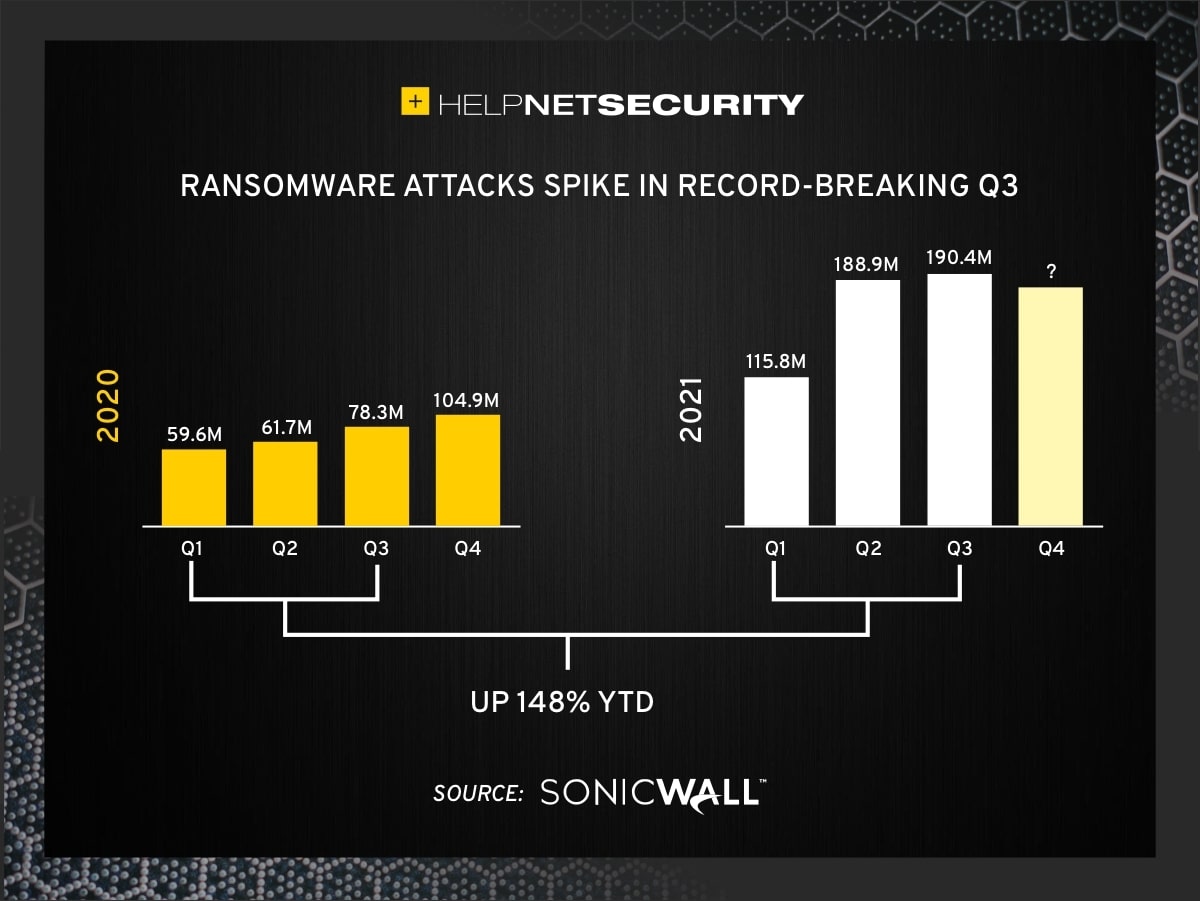OpenMind: The Android OS Revolutionizing Humanoid Robotics

OpenMind: The Android OS Revolutionizing Humanoid Robotics
Imagine a world where humanoid robots seamlessly integrate into our daily lives, assisting us at home, in hospitals, and even at work. This vision is rapidly becoming a reality, and at the heart of this revolution is OpenMind, a groundbreaking project aiming to create the "Android" operating system for humanoid robots.

An Advanced AI Humanoid Robot Interacting with Humans in a Park
What is OpenMind?
OpenMind is a software platform designed to serve as the core operating system for humanoid robots. Just as Android provides a versatile and open-source foundation for smartphones, OpenMind aims to do the same for robots. This means creating a standardized platform that allows developers to build applications and functionalities that can be easily deployed across different robot hardware.
- Hardware Agnostic: OpenMind is designed to work with various robot hardware configurations.
- Open Source: Encourages community development and innovation.
- Standardized Platform: Simplifies application development and deployment.
The Benefits of a Unified Robot OS
The lack of a standard operating system has been a significant barrier to the widespread adoption of humanoid robots. OpenMind addresses this challenge by offering several key benefits:
- Accelerated Development: Developers can focus on creating innovative applications rather than dealing with low-level hardware compatibility issues.
- Increased Interoperability: Robots from different manufacturers can communicate and collaborate more effectively.
- Reduced Costs: Standardization lowers development and maintenance expenses.
- Enhanced Functionality: A common platform fosters the creation of a rich ecosystem of robot applications.
Key Features of OpenMind
OpenMind boasts several features designed to make it a robust and versatile operating system for humanoid robots:
- OM1 Platform: The core software platform that acts as the operating system.
- FABRIC Decentralized Coordination Layer: Enables secure communication and collaboration between robots.
- Human-Robot Interaction Focus: Designed to facilitate natural and intuitive interactions between humans and robots.
Challenges and Future Directions
While OpenMind holds immense promise, it also faces several challenges. Developing a truly universal operating system for robots requires addressing complex issues such as:
- Real-time Performance: Robots often require precise and immediate responses to their environment.
- Security: Protecting robots from malicious attacks is crucial, especially as they become more integrated into our lives.
- Ethical Considerations: Ensuring that robots are used responsibly and ethically is paramount.
The future of OpenMind depends on continued development, community involvement, and addressing these challenges effectively. If successful, OpenMind could usher in a new era of robotics, transforming industries and reshaping our relationship with technology.
Key Takeaways
OpenMind is an ambitious project with the potential to revolutionize the field of humanoid robotics. By creating a standardized, open-source operating system, OpenMind aims to accelerate development, increase interoperability, and reduce costs. While challenges remain, the potential benefits of a unified robot OS are enormous, paving the way for a future where robots seamlessly integrate into our daily lives.





